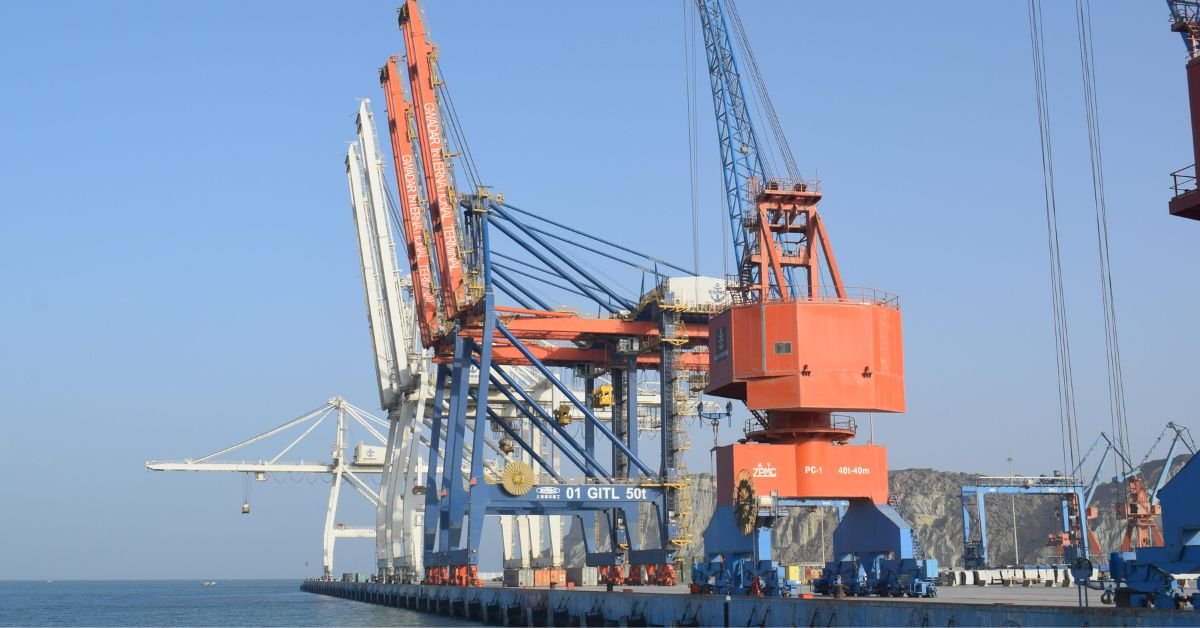A decade of the Belt and Road Initiative (BRI) and its impact
22 August 2024
To date, over 200 BRI cooperation agreements have been signed with more than 150 countries and 30 international organisations. But there has been push back by some countries. The BRI projects have been criticised for being prone to corruption while severely lacking in economic sustainability, regulatory transparency, and good governance.
By Katie Zeng Xiaojun, Analyst
Background
The Belt and Road Initiative (BRI) was launched by Xi Jinping, the president of the People’s Republic of China, in 2013. It was a vast infrastructure project that China devised to boost trade and connectivity across Asia, Europe and Africa. The BRI was established with two primary components: the Silk Road Economic Belt and the 21st Century Maritime Silk Road. The Economic Belt part of the strategy aims to build and expand land routes for people and commerce across Europe, the Middle East, Central Asia and Asia. Meanwhile, the Maritime Road component consists of plans for expanded sea routes across East Asia, South Asia, the Middle East and Africa.
BRI projects and investments have been implemented in numerous countries across Asia, Africa, Europe and even South America. To date, over 200 BRI cooperation agreements have been signed with more than 150 countries and 30 international organisations.
The projects include constructing or upgrading roads, ports, railways, pipelines and other trade-related infrastructure. Internet connectivity and digital advancement programmes have been pursued, too. In Mozambique, for instance, a BRI-funded project brought satellite television to 1,000 villages.
Economic Contributions
Data since the start of the BRI show that the imports and exports between China and BRI-participating countries have surpassed $21 trillion, and the total value of investments and construction projects in BRI countries has surpassed $1 trillion. BRI has helped improve connectivity, trade, and economic growth in many regions. One of the largest and most notable BRI projects to date is the China-Pakistan Economic Corridor (CPEC). Launched in 2015, the CPEC is a trade corridor that connects Pakistan's Gwadar port on the Arabian Sea with Kashgar, a city in China's western Xinjiang Uygur Autonomous Region. The project has included the construction of airports, railways, highways and pipelines, among other types of trade and energy infrastructure. Total Chinese investments in the project have topped $60 billion.
The Belt and Road cooperation has created more jobs and provided more vocational training and educational opportunities for people in partner countries, and thus improved their livelihoods in the process of development. According to statistics provided by Kereta Cepat Indonesia China, a joint venture consortium between Indonesian and Chinese firms that constructs and runs the high-speed railway in Indonesia, 45,000 Indonesian employees were trained on-site during the railway's construction. As the first overseas HSR project that fully uses Chinese railway systems, technology, and industrial components, the project has created about 51,000 jobs in Indonesia.
Focus and Strategy
In recent years, China has increasingly emphasised sustainability in BRI projects. This shift is in response to global concerns about environmental impacts and aims to align the BRI with international sustainability standards. There has been a greater focus on green energy projects, like solar and wind power, and efforts to reduce the carbon footprint of infrastructure projects. For example, in northwest Pakistan, the construction of the Suki Kinari hydropower project has been making significant progress. With a total installed capacity of 884 megawatts, it is expected to generate some 3.21 billion kilowatt-hours of clean electricity annually, replacing 1.28 million metric tons of coal and cutting 2.52 million tons of carbon dioxide emissions per year.
Challenges
Despite the positive impacts claimed by the project, there are also challenges to the BRI. There has been ongoing criticism regarding the debt burdens on countries involved in BRI projects. Some nations have faced difficulties repaying loans, leading to renegotiations, project delays, and in some cases the cancellation or downsizing of projects. Myanmar and India are two countries which expressed significant hesitation and scepticism toward BRI. In 2023, India skipped China’s BRI Forum for the third consecutive year.
The ongoing conflict between Russia and Ukraine has had implications for BRI projects in Eurasia. The Eurasian Land Bridge has been directly affected. The China-Europe Railway Express' primary route westward has been through Russia, Belarus, Poland, or the Baltic coast. The route through Ukraine has been cut off by the war. It also no longer stops in Lithuania. Trade routes that pass through this region have been disrupted, leading China to explore alternative routes and partners. This situation underscored the need for more secure and diversified logistics networks within the BRI framework
The BRI has faced increasing scrutiny from Western countries, particularly the United States and the European Union, which view it as a tool for expanding China's geopolitical influence. The BRI projects have been criticised for being prone to corruption while severely lacking in economic sustainability, regulatory transparency, and good governance. This has led to competing initiatives, such as the EU's Global Gateway and the US's Build Back Better World (B3W) initiative, aimed at offering alternatives to the BRI.
Conclusion
Despite challenges, the BRI has continued to expand. Major infrastructure projects, such as railways, ports, and highways, are ongoing across Africa, Central Asia, and Southeast Asia. China's investments have also extended to new areas like Latin America, with projects in countries such as Brazil and Argentina.
The BRI remains a cornerstone of China's foreign policy and international economic strategy, but it is evolving in response to global economic, environmental, and geopolitical challenges. The next few years will likely see continued adjustments as China navigates these complexities while trying to maintain the momentum of the initiative.
RISK ASSESSMENT REPORTS:
Optimise your decision-making process with Risk Intelligence's comprehensive risk assessment reports
Looking to navigate your operations safely through complex waters? Our Risk Assessment Reports offer tailored insights into current and forecasted threats, aiding informed decision-making and risk management. Whether it's assessing specific routes or vessels, our reports provide the foundation you need for secure voyages.

